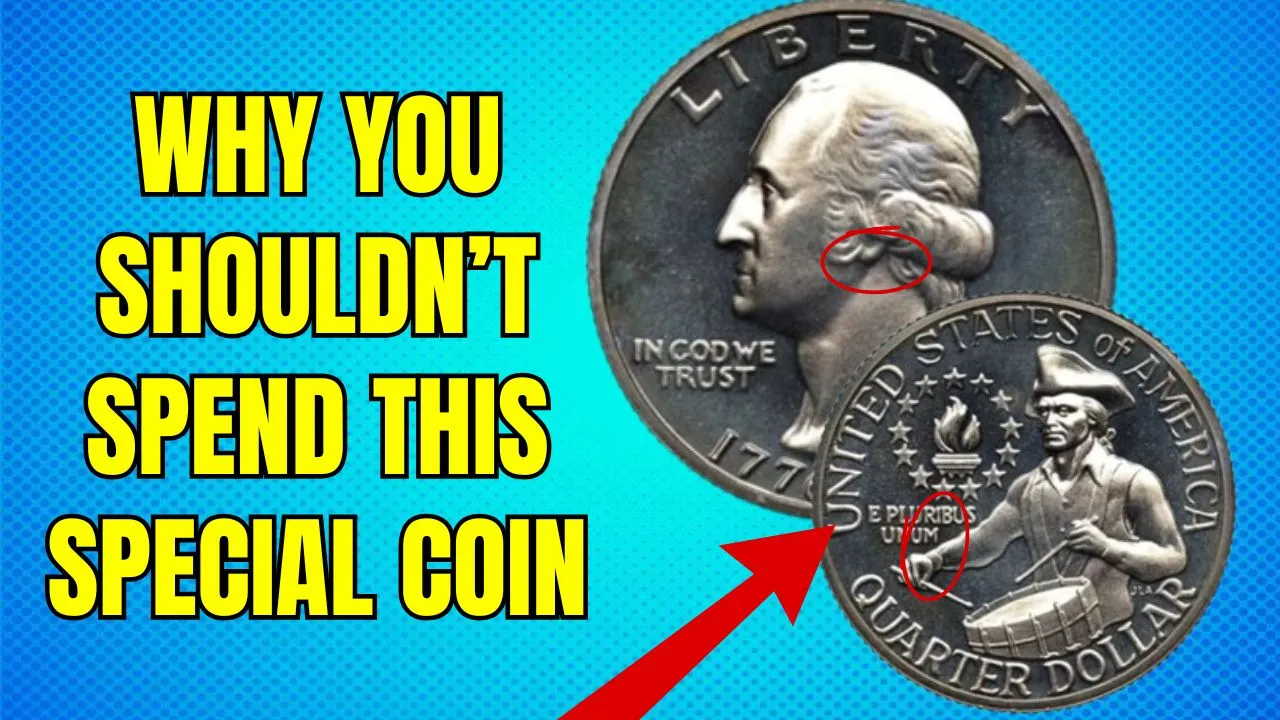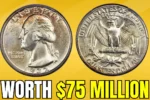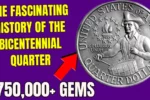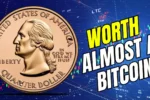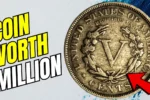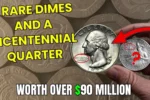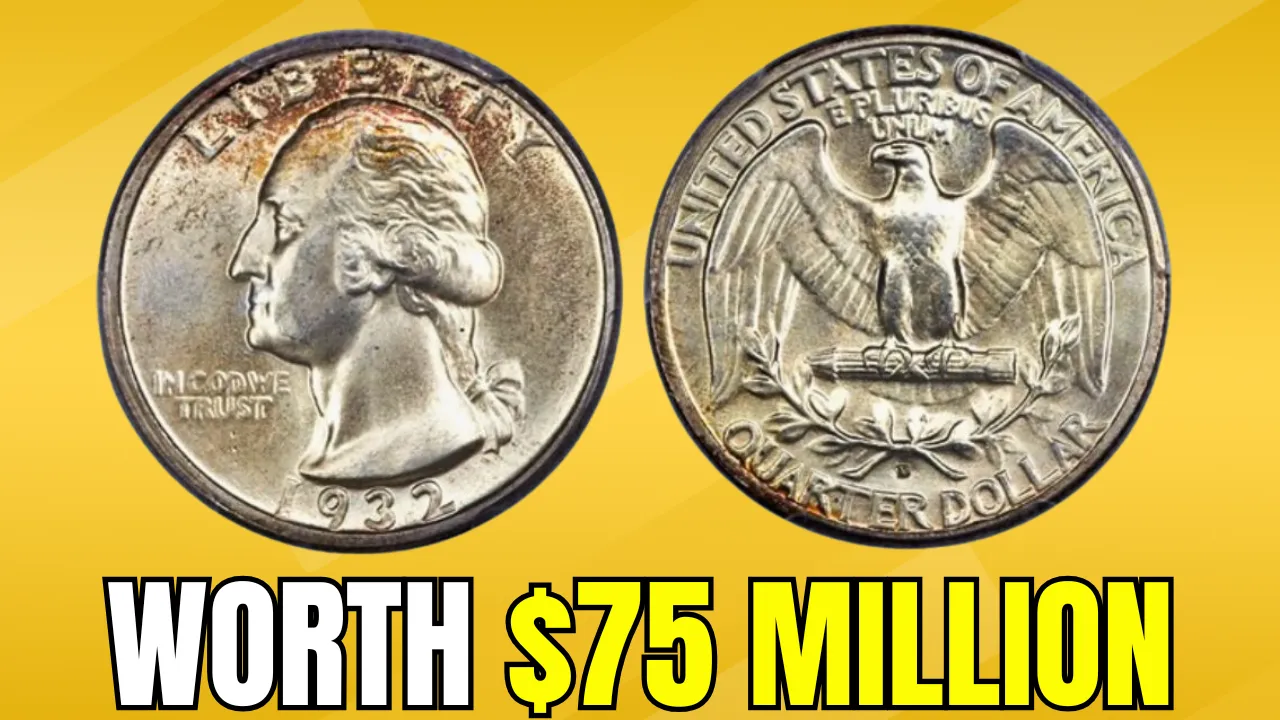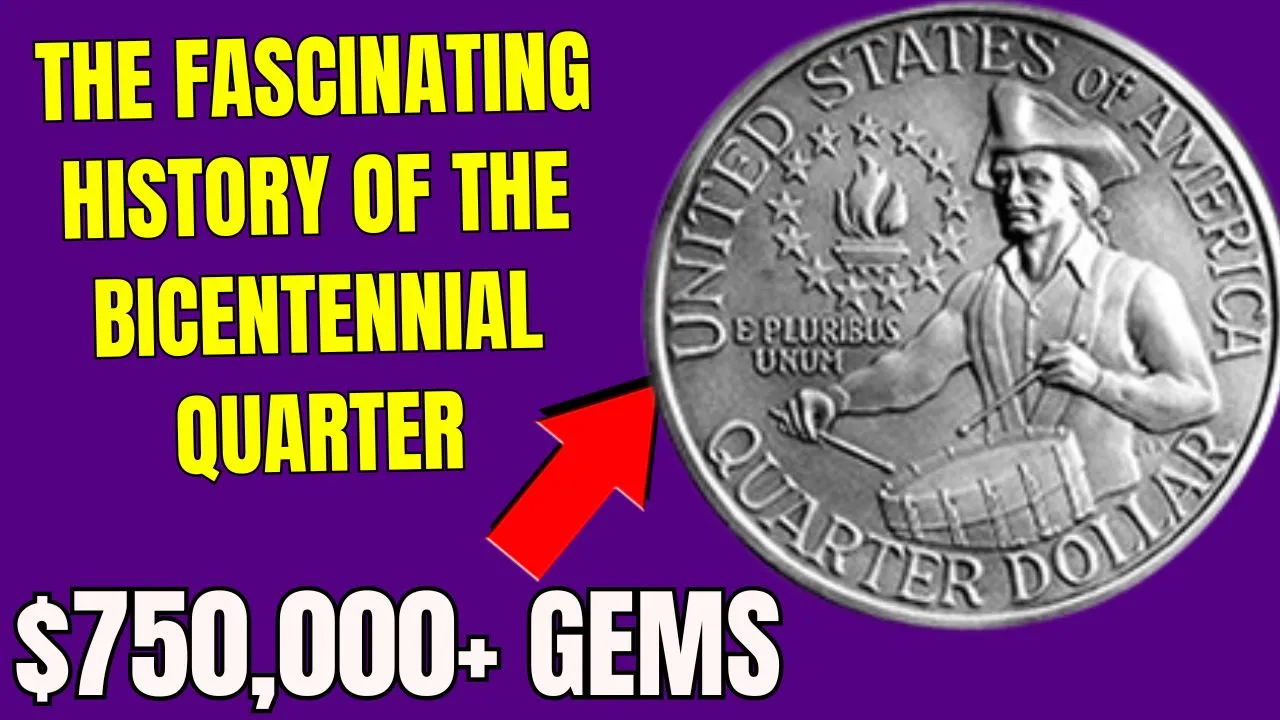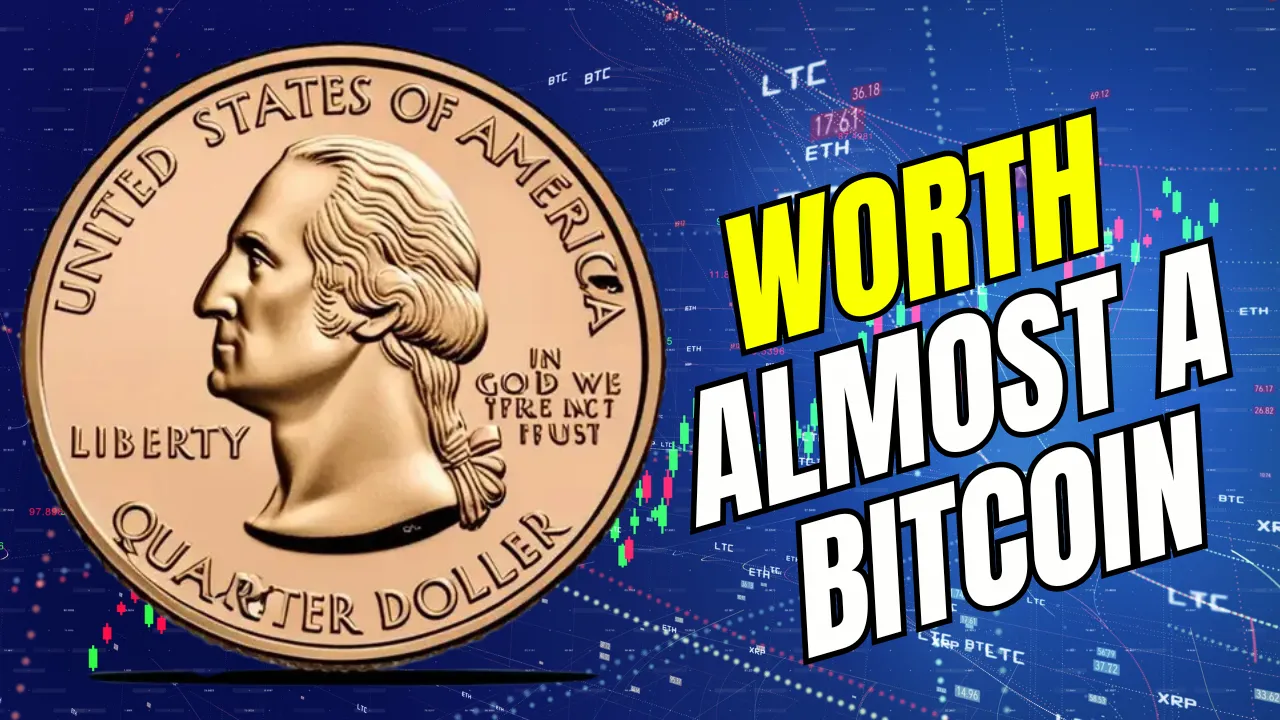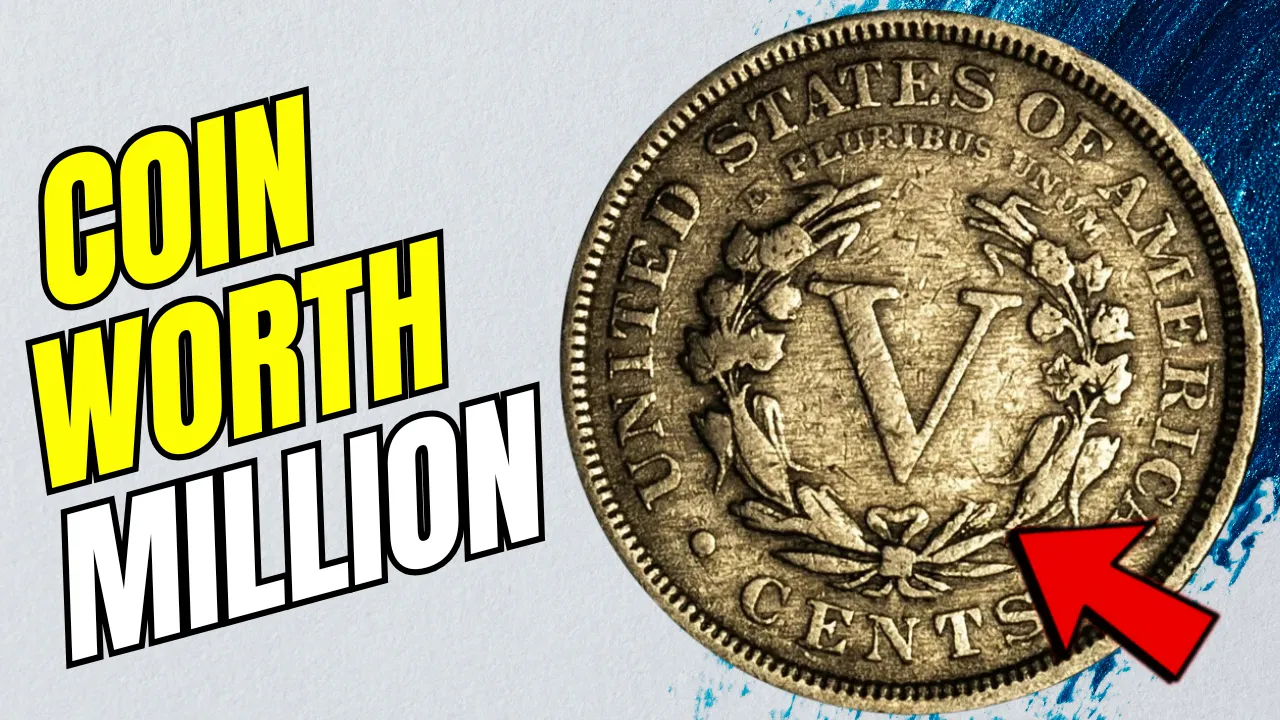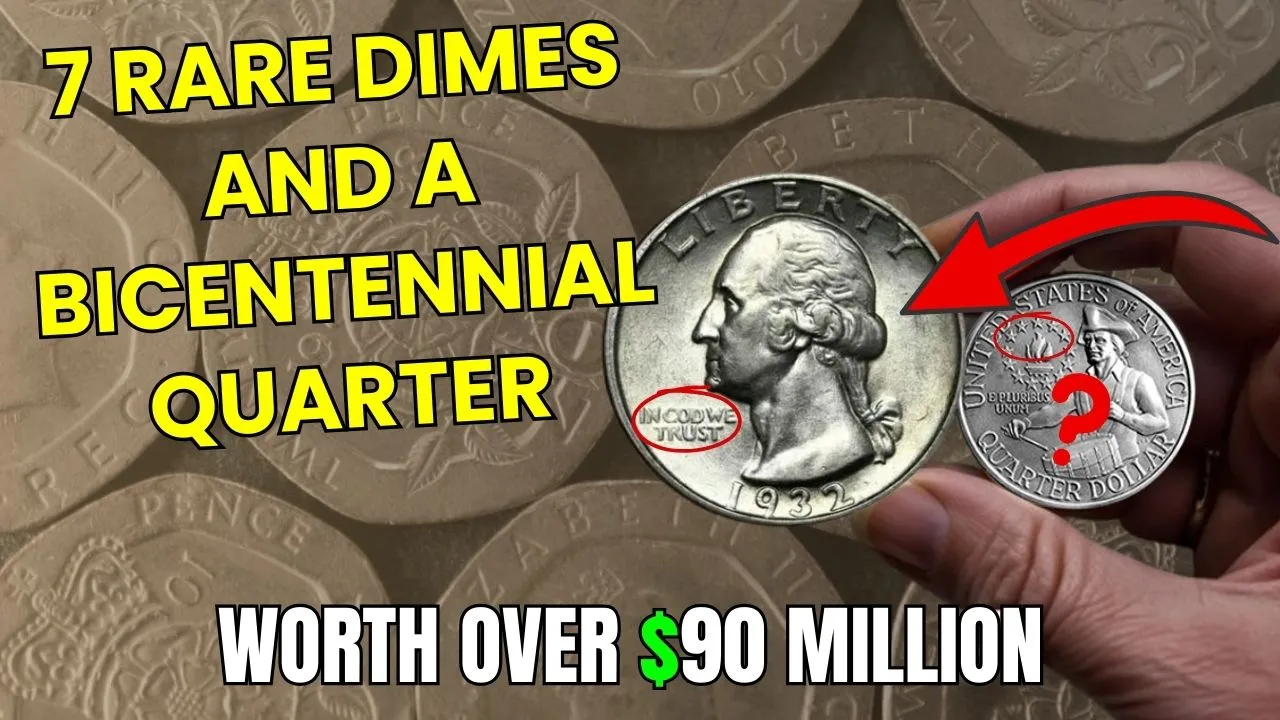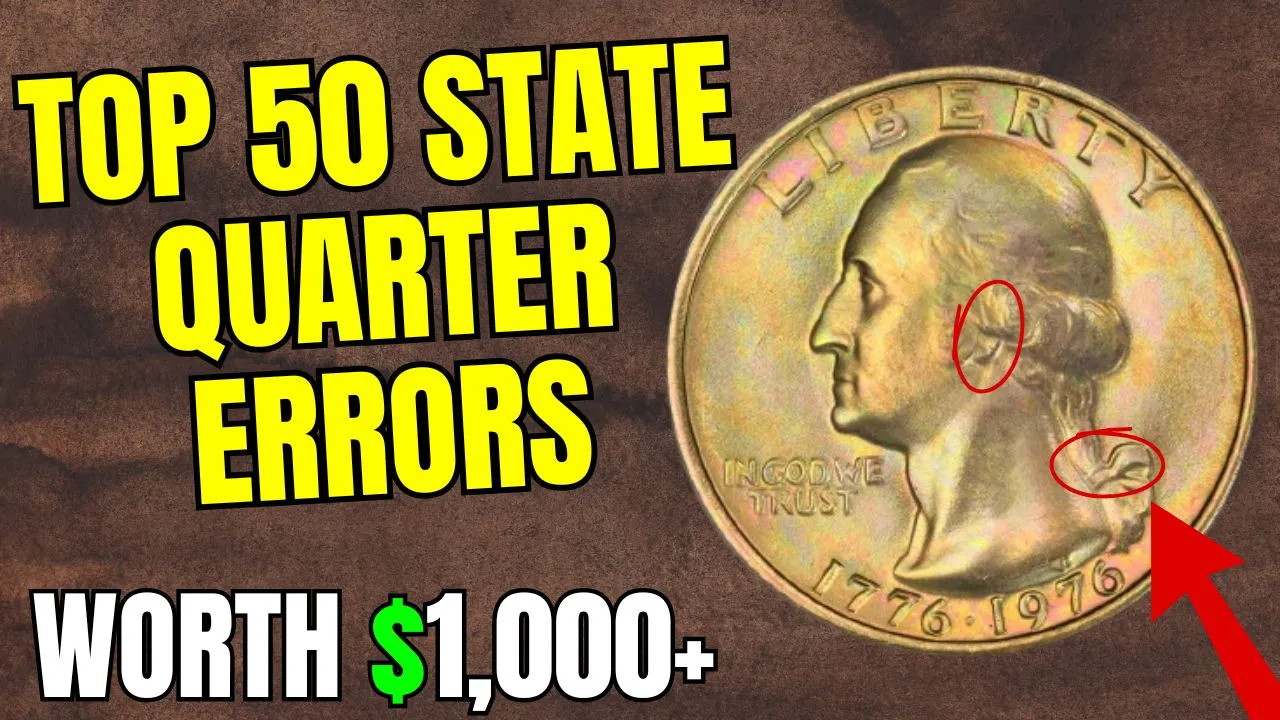1976 Bicentennial Quarter: The 1976 Bicentennial Quarter is more than just pocket change—it’s a commemorative coin with a rich history and unique characteristics. Struck to celebrate the 200th anniversary of America’s independence, it represents a blend of artistry, patriotism, and collectibility. While it may not appear rare at first glance, certain variations of this coin hold significant value, both historical and monetary.
In this article, we’ll dive into the special features of the 1976 Bicentennial Quarter, why it’s worth more than its face value in some cases, and how to identify coins that could bring you unexpected returns. Whether you’re a casual coin enthusiast or a seasoned collector, understanding this coin’s importance might make you think twice before spending it.
Overview: Key Facts About the 1976 Bicentennial Quarter
| Feature | Details |
| Celebration | Marks 200 years of American independence (1776–1976). |
| Unique Design | Features a Colonial drummer and 13 stars, replacing the eagle reverse. |
| Mint Locations | Minted in Philadelphia (no mark), Denver (“D”), and San Francisco (“S”). |
| Variations | Includes standard circulation coins, proof coins, and 40% silver coins. |
| Total Production | Over 1.6 billion minted, but collectible versions are rarer. |
| Potential Value | Up to $15 or more for rare types like proofs, silver coins, or errors. |
What Makes the 1976 Bicentennial Quarter Unique?
The 1976 Bicentennial Quarter was introduced as part of a series celebrating the nation’s bicentennial. This series also included redesigned half dollars and dollar coins, but the quarter stands out for its widespread use and appealing design.
Key Features of the Bicentennial Quarter
- Dual Date (1776–1976): This dual date replaced the traditional single year, emphasizing the celebration of America’s 200th anniversary of independence.
- Redesigned Reverse: The reverse side of the quarter features a Colonial drummer designed by Jack L. Ahr, accompanied by 13 stars symbolizing the original colonies.
- Massive Production: With over 1.6 billion coins minted, this quarter is one of the most recognized commemorative coins in circulation. However, certain rare variations, such as proof or silver editions, are sought after by collectors.
Why You Shouldn’t Spend the 1976 Bicentennial Quarter
While most Bicentennial Quarters found in circulation may only be worth their face value of 25 cents, specific types can fetch significantly more. Here’s why you should keep an eye out for these coins:
1. Historical Significance
The 1976 Bicentennial Quarter is not just a coin; it’s a tribute to America’s journey toward independence. Its historical connection makes it highly collectible, even for casual enthusiasts. Owning one is like holding a small, tangible piece of the country’s story.
2. Monetary Value
Though many Bicentennial Quarters are only worth their face value, rare versions can be worth much more. The condition and type of the coin greatly impact its value:
- Uncirculated Coins: These coins remain in pristine condition and are worth around $1–$3.
- Proof Coins: Specially struck coins with a mirror-like finish for collectors can range from $5 to $15 or more.
- 40% Silver Coins: Limited silver versions, included in collector sets, can fetch $5–$10 or higher, depending on silver prices.
3. Minting Errors and Rarity
Some Bicentennial Quarters have minting errors that significantly increase their value. Examples include doubled die errors, off-center strikes, or missing details. These coins are highly sought after by collectors and can command prices of hundreds of dollars.
4. Future Collectibility
As time goes on, the 1976 Bicentennial Quarter will likely become more valuable due to its historical importance and diminishing availability. Coins preserved in excellent condition or with rare features are especially appealing to collectors.
How to Identify a Valuable 1976 Bicentennial Quarter
Not all Bicentennial Quarters are equal in value. Knowing how to spot a valuable one can make a significant difference. Here’s what to look for:
- Mint Marks:
- No Mint Mark: Produced in Philadelphia, these are the most common.
- “D” Mint Mark: Coins from Denver are also common but worth checking for condition.
- “S” Mint Mark: Coins from San Francisco are proof or silver coins, making them more valuable.
- Silver Content:
- Silver Bicentennial Quarters weigh slightly more than standard copper-nickel quarters and produce a distinct ringing sound.
- These coins were only included in special collector sets.
- Condition:
- Coins in mint condition, showing no wear or damage, are more valuable than circulated ones.
- Use a magnifying glass to inspect the coin for scratches or discoloration.
- Errors:
- Look for doubling in the design (e.g., on the drummer’s hands or stars).
- Check for misaligned strikes or other unique defects.
Collecting and Preserving Bicentennial Quarters
Starting a coin collection with the 1976 Bicentennial Quarter is a fantastic way to combine history and a rewarding hobby. These coins offer an excellent entry point for beginners and an exciting challenge for experienced collectors.
Tips for Protecting Your Coins
- Use Coin Holders: Protect your coins from scratches and environmental damage by storing them in protective cases or albums.
- Avoid Cleaning: Cleaning coins can strip their natural patina, reducing their value significantly.
- Professional Grading: If you believe your coin is rare or valuable, consider having it professionally graded by a trusted service like PCGS or NGC.
FAQs About the 1976 Bicentennial Quarter
Are Bicentennial Quarters rare?
No, most are not rare. Over a billion were minted. However, proof coins, silver coins, and those with errors are much rarer.
What’s the value of a Bicentennial Quarter?
Circulated coins are generally worth face value. Uncirculated coins fetch $1–$3, while proof and silver coins range from $5 to $15 or more.
How can I identify a silver Bicentennial Quarter?
Look for an “S” mint mark and check its weight. Silver quarters are slightly heavier than standard ones.
Should I clean my Bicentennial Quarter?
No, cleaning can damage the coin and decrease its value. Collectors prefer coins in their original condition.
Do Bicentennial Quarters have investment potential?
Yes, especially uncirculated, proof, silver, or error coins. Their value is likely to increase over time due to their historical significance.
Final Thoughts
The 1976 Bicentennial Quarter is more than just a coin—it’s a celebration of American history and freedom. While most of these coins are still only worth their face value, rare variations and pristine conditions make them desirable for collectors.
If you have one of these coins, think twice before spending it. Instead, consider preserving it for its historical and potential monetary value. Share your thoughts or experiences with Bicentennial Quarters in the comments below, and dive into the world of coin collecting to discover more hidden treasures!
